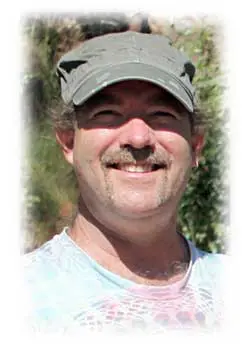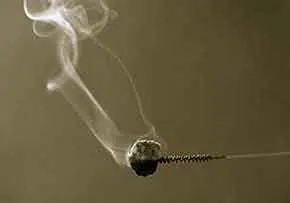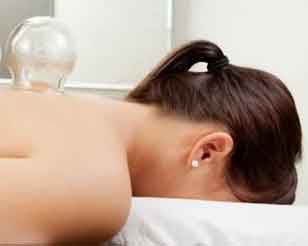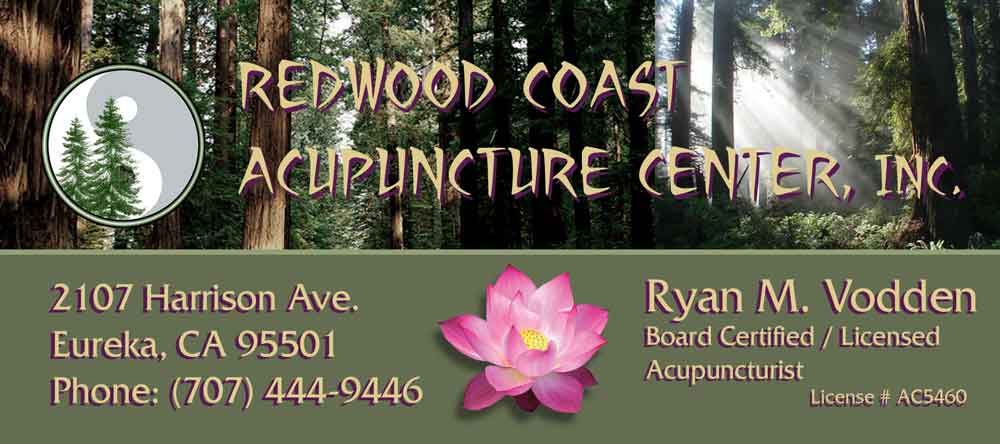Testimonials
"After Ryan used acupuncture on me for the Great American Smokeout, I found it helped me a lot."
Thomas K. Edrington
Health News
July 19, 2014:
Acupuncture may reduce severity and frequency of menopausal hot flashes.
Hot flashes are one of the most common symptoms during menopause. But a new study suggests that acupuncture could help to reduce their severity and frequency...
Phone: (707) 444-9446 • Fax: (707) 444-0260
Our Practice
At Redwood Coast Acupuncture Center, we use Acupuncture and Chinese medicinal herbs to harmonize the mind, body, and spirit. We address your spiritual energy and foster healing by maximizing the flow of Qi ("chi") to restore your balance and vitality. We do not attempt to replace conventional medical treatment, but we offer a complementary approach to your health, integrating therapies that have been developed over thousands of years.
We believe that health originates from internal balance and harmony, so we address many aspects of your life, including your lifestyle, habits, environment, and other factors, to determine the course of care. As part of our holistic approach, we offer you a variety of tools for self-care and improved mindfulness of your overall health and balance.
Ryan M. Vodden, DACM
A Board Certified and Licensed Acupuncturist, Ryan has been practicing for two decades. A veteran of the US Army, Ryan is also a certified karate instructor, holding a 5th-degree black belt.
In March 2012, Ryan was interviewed by Gail Gourley for an article, "Holistic Choices for Healing" in the Eureka Times-Standard.

”More people use acupuncture than any other form of medicine throughout the world,” said Eureka acupuncturist Ryan Vodden, L.Ac., who identifies the practice as traditional medicine and notes that it's only considered “complementary or alternative” in the United States.
”The simplest way you can describe it is that we restore harmony and balance to a system that is currently out of balance,” Vodden said. He explained that medical conditions are imbalances in the body and that acupuncture, Chinese herbology, and all the other modalities that he uses as a physician of Chinese medicine help to restore that balance.
”The greatest physician is the one that doesn't need to put a needle in,” Vodden said. “The greatest physician is the one that treats the disease before it manifests. Everybody thinks of my job as putting needles in, and I do that extensively, but I'm also a counselor. I'm an educator. I educate people on nutrition and diet. I educate people on how to cope emotionally with life. So I'm a therapist, I'm a nutritionist, I'm an herbalist -- this medicine really covers the whole gamut.”
Vodden said that of the approximately 50 acupuncture schools in the U.S., about 10 are in California, which requires a bachelor's degree followed by an additional four years of schooling to become a licensed acupuncturist. “Then there's a state license exam at the end of that. You can't practice until you pass the state license,” he said, adding that California has the strictest requirements. “If anything is important, it is the fact that we are licensed physicians, which puts us at a different level of quality and expectations for what we do.”
Acupuncture is one modality of traditional Chinese medicine. Another is moxibustion, “which never gets the credit that it deserves,” Vodden said. “Moxa is an herb, mugwort. We burn the mugwort, and that term to burn the mugwort is called moxibustion. It is used extensively for all sorts of conditions -- pain, fatigue, lots of things.”
Vodden said it could be administered directly on the body, called direct moxa, or more commonly, indirect moxa. “Moxibustion moves energy. It warms,” he said. He explained that in Chinese medicine, there are six types of pain such as damp pain, cold pain, hot pain, and wind pain and that moxibustion works very well for a condition that is cold or damp because it's warm and dry.

”Another way we use this is for breech babies,” Vodden said. “You can flip a breech baby by burning moxa cones on the tip of the little toe. And I've done it a hundred times. It's amazing.”

Cupping is another modality involving the placement of small glass cups on the skin that create suction. “This is something Western medicine used to do, and they stopped doing it...so the only people using cupping these days are acupuncturists,” Vodden said. He noted that cupping could be helpful for several things, including pain and lung conditions. Because the cup creates suction, he said, “If you put it over the lung points, it helps open the lungs up.”
Nutrition, both Western and Chinese, also plays an important part in the array of modalities Vodden uses, and another, he said, is Chinese herbology. “It's not 50 percent of what I end up doing in practice, but it's 50 percent of our education,” he said. “Chinese herbology can treat any disease known.”
As a practitioner of traditional Chinese medicine, Vodden said he also interacts with allopathic physicians “all the time.” While he's not a licensed doctor, he said, he is considered a licensed physician who can, for example, order blood work, X-rays, and MRIs. “We diagnose differently in Chinese medicine, and that's an important aspect of what I do,” he said. “I'm trained in Western medicine because I have to be. I have to know what your blood work says. I have to know what the MRI says and what the X-ray says. And I have to talk to your doctor.”
”Obviously, if you need surgery, I'm the wrong place to come,” he continued. “But immediately after the surgery or before the surgery, I can be very effective...if you get in a car accident and break a bone, you've got to go to the hospital. But we can treat immediately after that.”
However, for many other disorders that don't fall into those categories, “We are always considered the last resort,” Vodden said of traditional Chinese medicine. “People come to us as a last resort, and I get great results with people who come to me as a last resort. Imagine the results that I would get if I was the first resort.”
